-
 Bitcoin
Bitcoin $118800
-2.24% -
 Ethereum
Ethereum $4638
-1.08% -
 XRP
XRP $3.117
-5.42% -
 Tether USDt
Tether USDt $1.000
0.03% -
 BNB
BNB $842.6
-1.25% -
 Solana
Solana $195.3
-3.90% -
 USDC
USDC $0.9999
0.02% -
 Dogecoin
Dogecoin $0.2273
-7.27% -
 TRON
TRON $0.3606
0.62% -
 Cardano
Cardano $0.9319
5.60% -
 Chainlink
Chainlink $22.88
-3.66% -
 Hyperliquid
Hyperliquid $45.85
-1.58% -
 Sui
Sui $3.822
-5.16% -
 Stellar
Stellar $0.4276
-6.12% -
 Bitcoin Cash
Bitcoin Cash $594.2
-4.71% -
 Ethena USDe
Ethena USDe $1.000
-0.04% -
 Hedera
Hedera $0.2535
-4.61% -
 Avalanche
Avalanche $24.00
-4.86% -
 Litecoin
Litecoin $123.3
-6.62% -
 Toncoin
Toncoin $3.418
-1.73% -
 UNUS SED LEO
UNUS SED LEO $9.269
0.33% -
 Shiba Inu
Shiba Inu $0.00001307
-5.48% -
 Uniswap
Uniswap $11.04
-9.22% -
 Polkadot
Polkadot $4.047
-5.38% -
 OKB
OKB $101.3
-4.42% -
 Dai
Dai $0.9999
0.01% -
 Bitget Token
Bitget Token $4.612
-4.26% -
 Cronos
Cronos $0.1543
-8.52% -
 Aave
Aave $317.3
-3.42% -
 Ethena
Ethena $0.7275
-8.03%
What are the best security practices for Trust Wallet?
Trust Wallet’s security relies on you: safeguard your 12-word recovery phrase offline, never share it, and keep your device secure to prevent unauthorized access.
Aug 13, 2025 at 11:36 am
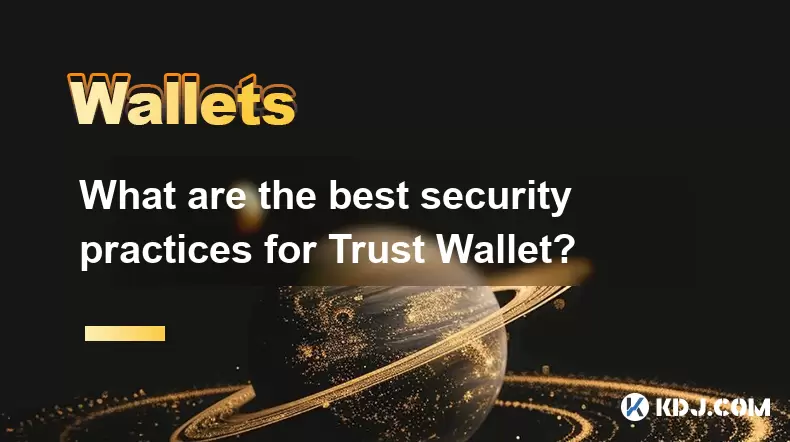
Understanding Trust Wallet's Security Framework
Trust Wallet is a decentralized cryptocurrency wallet that gives users full control over their private keys, ensuring that no third party can access funds. One of the most critical security features of Trust Wallet is its non-custodial nature, meaning you are solely responsible for securing your recovery phrase. This 12-word seed phrase is generated during wallet setup and must be stored offline in a secure location. If lost, there is no way to recover it through Trust Wallet or any support team. Never store your recovery phrase digitally—this includes screenshots, cloud storage, or messaging apps—as these can be compromised through malware or phishing attacks.
Another foundational aspect of Trust Wallet’s security is the local storage of private keys. These keys never leave your device and are encrypted within the app. This ensures that even if the Trust Wallet servers were compromised, attackers would not gain access to user funds. It is essential to download Trust Wallet only from official sources, such as the Apple App Store, Google Play Store, or the official Trust Wallet website. Third-party app stores or modified APK files may contain malware designed to steal your recovery phrase or private keys.
Securing Your Device Before Installing Trust Wallet
Before installing Trust Wallet, your device must be hardened against threats. Ensure your smartphone’s operating system is up to date, as updates often include critical security patches. Outdated software can have vulnerabilities that malicious apps or websites might exploit. Install a reputable mobile antivirus application to scan for malware, especially if you frequently download apps from unknown sources.
Enable biometric authentication or a strong passcode on your device. Trust Wallet supports biometric login (fingerprint or face recognition), but this is only effective if your device’s lock screen is secure. Avoid using simple PINs like “1234” or patterns that are easy to guess. Disable USB debugging and unknown app installations in your device settings to prevent sideloading of malicious software. These settings can be exploited by attackers to install fake versions of Trust Wallet or keyloggers that capture your inputs.
Best Practices During Wallet Setup and Recovery Phrase Management
When setting up Trust Wallet for the first time, you will be prompted to back up your recovery phrase. This step is non-negotiable and must be done with the highest level of caution. Write down the 12-word phrase manually on paper—do not type it anywhere. Store multiple copies in physically secure locations such as a fireproof safe or safety deposit box. Avoid sharing the phrase with anyone, including family members or customer support agents.
Never enter your recovery phrase into any website or application. Scammers often create fake wallet recovery pages that mimic legitimate ones. Trust Wallet will never ask you to input your recovery phrase into a website. If you see such a prompt, it is a phishing attempt. Do not take photos or record videos of your recovery phrase, as digital copies can be accessed through cloud backups or device theft.
Protecting Against Phishing and Malware Attacks
Phishing remains one of the most common threats to cryptocurrency users. Scammers create fake websites, emails, or social media messages that appear to be from Trust Wallet or blockchain projects. Always verify the official URL before visiting any site related to Trust Wallet. The legitimate website is trustwallet.com—double-check for misspellings or added characters.
When interacting with decentralized applications (dApps) through Trust Wallet’s built-in browser, exercise caution with permissions. Only connect your wallet to dApps you trust. Review the smart contract addresses and check community feedback on platforms like Reddit or official project forums. Never approve transactions that request unlimited token approvals, as this could allow a malicious contract to drain your wallet over time.
Install a browser extension like MetaMask only if necessary and from official sources. Some phishing attacks redirect users to download fake browser wallets that steal credentials. Avoid clicking on links in unsolicited messages, especially those claiming your wallet is compromised or offering free tokens. These are common social engineering tactics.
Regular Maintenance and Transaction Verification
Even after setup, ongoing vigilance is required. Regularly review connected dApps and revoke access to those you no longer use. Trust Wallet allows you to manage permissions through its settings menu under “DApp Browser” and “Connected Sites.” Removing unused connections reduces the attack surface.
Before confirming any transaction, carefully inspect the recipient address and amount. Malware can alter clipboard contents, replacing a legitimate address with a hacker’s wallet when you paste it. Always double-check at least the first and last few characters of the address. Enable transaction simulation if available, which shows the impact of a smart contract interaction before signing.
Keep the Trust Wallet app updated to benefit from the latest security enhancements. Developers frequently patch vulnerabilities and improve user safeguards. Avoid using public Wi-Fi when accessing your wallet. If necessary, use a trusted virtual private network (VPN) to encrypt your connection.
Frequently Asked Questions
Can I use the same recovery phrase for multiple wallets?
Yes, your 12-word recovery phrase follows the BIP-39 standard, which is compatible with many other wallets like Ledger, MetaMask, and Exodus. However, importing your phrase into another wallet exposes it to additional risks, especially if that wallet is compromised. Only do this on trusted devices and consider creating a new wallet if you need separation of funds.
What should I do if I suspect my Trust Wallet has been compromised?
Immediately transfer all funds to a new wallet created on a clean, secure device. Do not reuse the recovery phrase of the potentially compromised wallet. Scan your device for malware and avoid reusing it for cryptocurrency activities until fully verified as safe.
Is it safe to store NFTs in Trust Wallet?
Yes, Trust Wallet supports NFT storage across multiple blockchains. Ensure you only send NFTs to the correct network (e.g., Ethereum, BNB Chain) and verify the contract address before interacting. Misdirected NFTs cannot be recovered.
Can Trust Wallet be hacked remotely?
Trust Wallet itself cannot be hacked remotely if your device is secure and your recovery phrase is protected. The app does not store your keys on its servers. The primary risks come from device compromise, phishing, or physical access to your recovery phrase. Following strict security practices minimizes these threats.
Disclaimer:info@kdj.com
The information provided is not trading advice. kdj.com does not assume any responsibility for any investments made based on the information provided in this article. Cryptocurrencies are highly volatile and it is highly recommended that you invest with caution after thorough research!
If you believe that the content used on this website infringes your copyright, please contact us immediately (info@kdj.com) and we will delete it promptly.
- Kazakhstan's Crypto Leap: Bitcoin ETF and Central Asia's Digital Finance Future
- 2025-08-13 12:45:19
- BlockDAG Presale Blazes Past $371M: Fundraising Frenzy Fuels Crypto Sensation
- 2025-08-13 13:05:21
- Meme Coins: Chasing the 2025 Surge – Which Will Moonshot?
- 2025-08-13 10:25:23
- Bitcoin's Wild Ride: Rally, Pullback, and What's Next
- 2025-08-13 10:25:23
- Bitcoin, Bitmax, and Institutional Demand: A New Era of Crypto Investment
- 2025-08-13 10:45:12
- Solana, ROAM, and Airdrops: What's the Buzz in 2025?
- 2025-08-13 11:35:13
Related knowledge
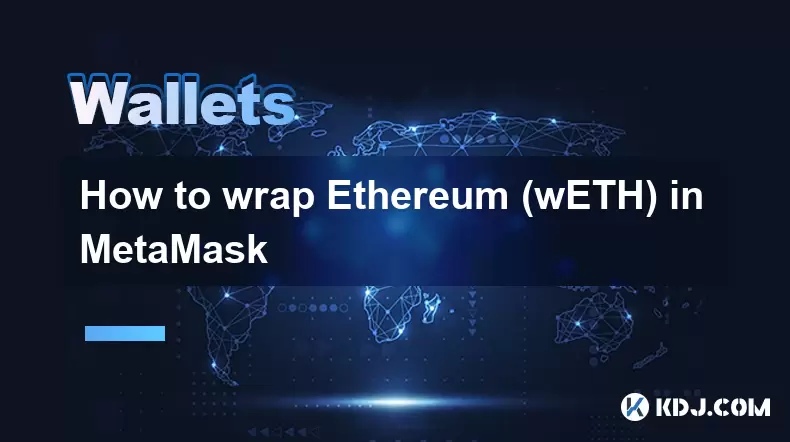
How to wrap Ethereum (wETH) in MetaMask
Aug 13,2025 at 11:36am
Understanding Wrapped Ethereum (wETH)Wrapped Ethereum (wETH) is a tokenized version of native Ethereum (ETH) that conforms to the ERC-20 standard, ena...

How to manage your portfolio in Exodus wallet
Aug 08,2025 at 10:07pm
Understanding the Exodus Wallet InterfaceThe Exodus wallet is a non-custodial cryptocurrency wallet that supports a wide range of digital assets. When...
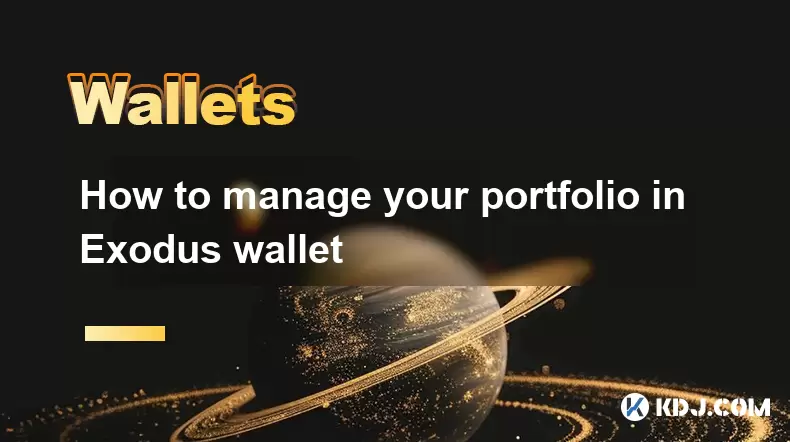
How to manage your portfolio in Exodus wallet
Aug 13,2025 at 11:35am
Understanding the Exodus Wallet InterfaceThe Exodus wallet is a non-custodial cryptocurrency wallet that supports a wide range of digital assets. Upon...

How to reset your MetaMask password
Aug 08,2025 at 01:28pm
Understanding the MetaMask Password Reset ProcessMany users confuse the MetaMask password with the seed phrase or private key, but they serve differen...
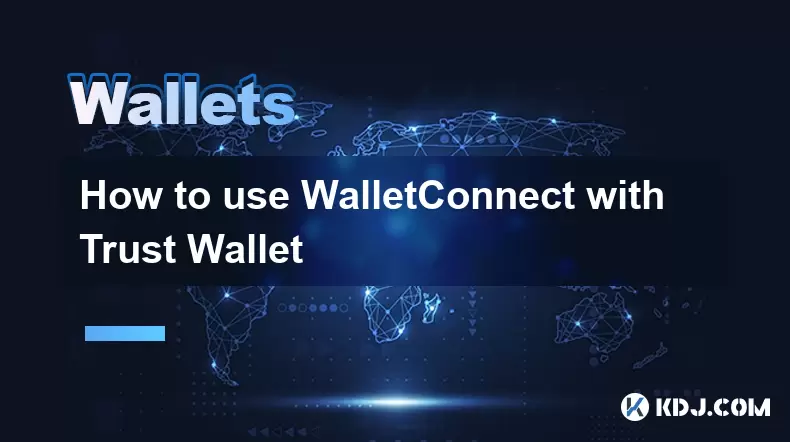
How to use WalletConnect with Trust Wallet
Aug 13,2025 at 01:07am
What Is WalletConnect and Why It Matters for Trust Wallet UsersWalletConnect is an open-source protocol that enables secure communication between dece...
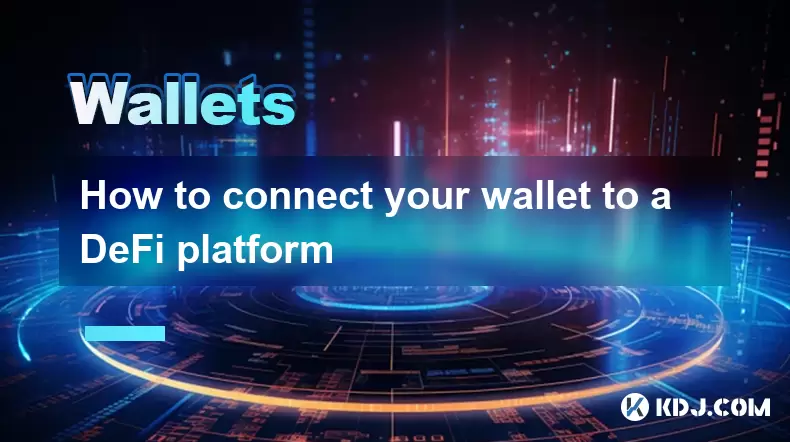
How to connect your wallet to a DeFi platform
Aug 13,2025 at 11:36am
Understanding Wallet Compatibility with DeFi PlatformsBefore connecting your wallet to any DeFi platform, it's essential to ensure your wallet is comp...

How to wrap Ethereum (wETH) in MetaMask
Aug 13,2025 at 11:36am
Understanding Wrapped Ethereum (wETH)Wrapped Ethereum (wETH) is a tokenized version of native Ethereum (ETH) that conforms to the ERC-20 standard, ena...

How to manage your portfolio in Exodus wallet
Aug 08,2025 at 10:07pm
Understanding the Exodus Wallet InterfaceThe Exodus wallet is a non-custodial cryptocurrency wallet that supports a wide range of digital assets. When...

How to manage your portfolio in Exodus wallet
Aug 13,2025 at 11:35am
Understanding the Exodus Wallet InterfaceThe Exodus wallet is a non-custodial cryptocurrency wallet that supports a wide range of digital assets. Upon...

How to reset your MetaMask password
Aug 08,2025 at 01:28pm
Understanding the MetaMask Password Reset ProcessMany users confuse the MetaMask password with the seed phrase or private key, but they serve differen...

How to use WalletConnect with Trust Wallet
Aug 13,2025 at 01:07am
What Is WalletConnect and Why It Matters for Trust Wallet UsersWalletConnect is an open-source protocol that enables secure communication between dece...

How to connect your wallet to a DeFi platform
Aug 13,2025 at 11:36am
Understanding Wallet Compatibility with DeFi PlatformsBefore connecting your wallet to any DeFi platform, it's essential to ensure your wallet is comp...
See all articles

























































































